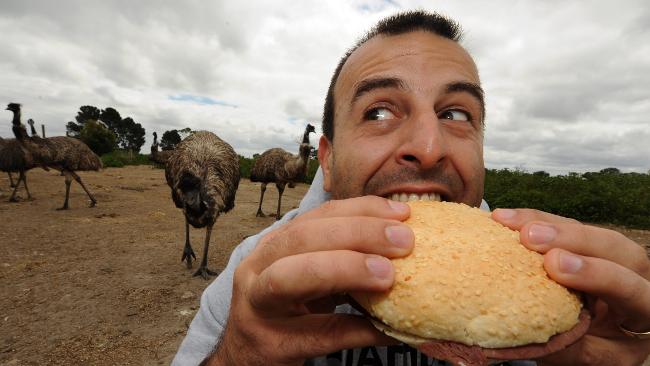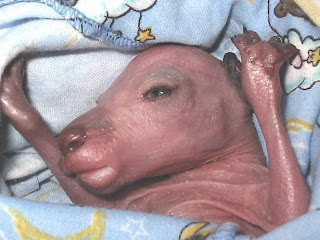The koala is an arboreal herbivorous marsupial native to Australia.
The koala is found in coastal regions of eastern and southern Australia, from Adelaide to the southern part of Cape York Peninsula. Populations also extend for considerable distances inland in regions with enough moisture to support suitable woodlands. The koalas of South Australia were largely exterminated during the early part of the 20th century, but the state has since been repopulated with Victorian stock. The koala is not found in Tasmania or Western Australia.
The koala lives almost entirely on eucalypt leaves. Like wombats and sloths, the koala has a very low metabolic rate for a mammal and rests motionless for about 16 to 18 hours a day, sleeping most of that time. Koalas can be aggressive towards each other, throwing a foreleg around their opponent and biting, though most aggressive behaviour is brief squabbles.
In 1788 the Australian Koala Foundation (AKF) estimate there would have been 10 million koalas.
In 2008 we estimate there are less than 80, 000 koalas.
Australia has one of the highest land clearing rates in the world. 80% of koala habitat has already disappeared.
Although koalas themselves are protected by law, around 80% of any remaining habitat occurs on privately owned land and almost none of that is protected by legislation.
The Australian Koala Foundation estimates that as a result of the loss of their habitat, around 4,000 koalas are killed each year by dogs and cars alone.
The AKF believes that the Australian Government should be responsible for the protection of koala habitat on private land and not leave it up to the present piece-meal approach of each state being responsible.
The AKF estimates that there are likely to be less than 100,000 koalas remaining in Australia today. 64% of their habitat has already been lost. This makes it vitally important to save what is left.
Clearing of the eucalypt forests means that all wildlife - including koalas - will suffer from:
•Increased disturbance by humans
•Starvation
•Injury or death from traffic
•Injury or death from dogs and cats
•Effects of garden pesticides getting into waterways
•Increased competition for food and territory because of overcrowding
•Increased stress on animals, making them more susceptible to disease.















































